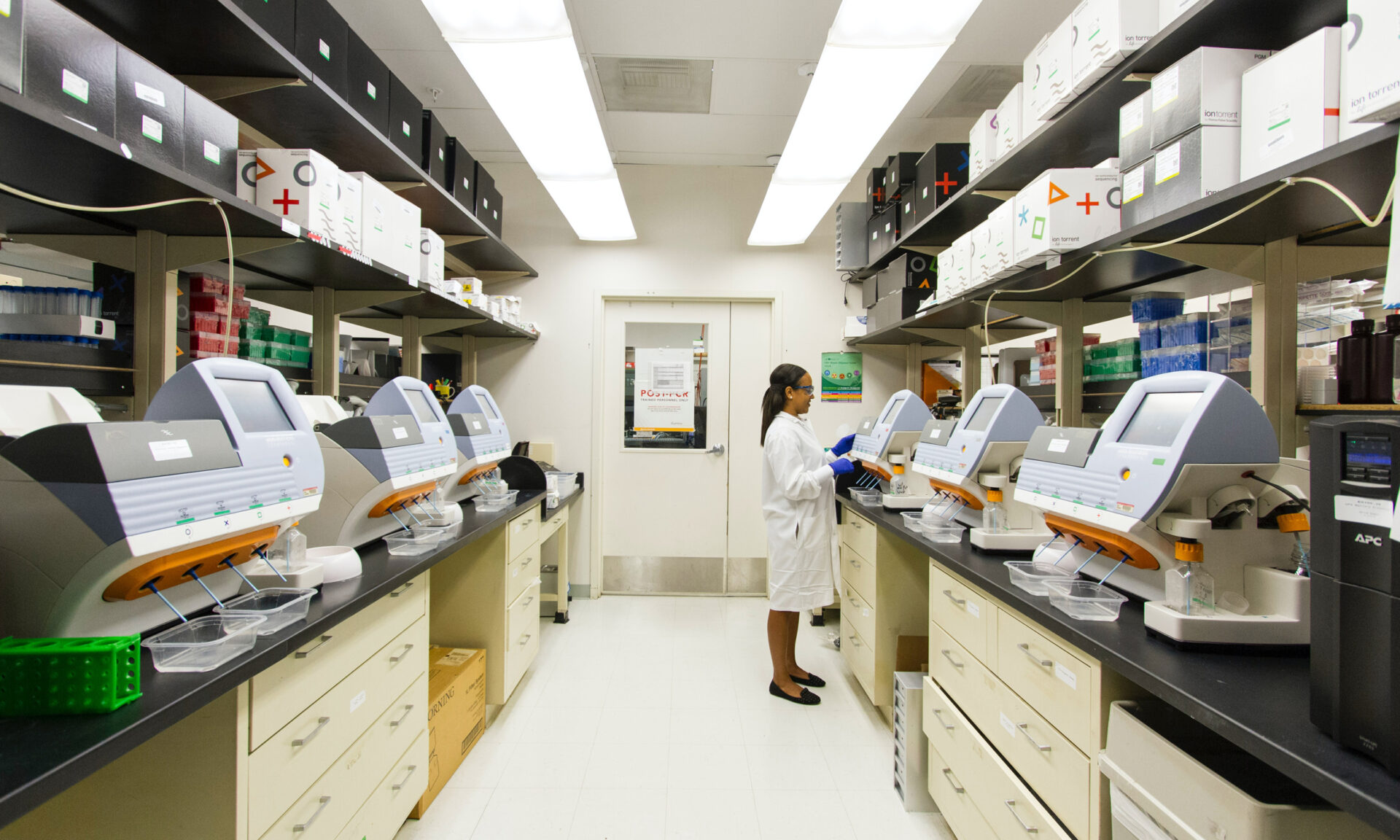In the current customer experience (CX) landscape, companies are aiming to create emotional brand connections with customers. But experiences can’t be meaningful if they aren’t frictionless. To achieve that standard, it’s important that companies don’t forget the importance of quality assurance (QA). Customer expectations are constantly rising, and people want higher quality products, equipment, and software than ever before. At the same time, companies are becoming more fast-paced, with strictly defined deadlines and budgets. This is why QA is key for CX . Quality assurance describes the processes taken before and during customer experiences to ensure users’ satisfaction. It’s about making sure each product/service you sell is only of the best quality and that your brand can be trusted to deliver the same excellence with every interaction.
Balancing Functionality and Design
“Quality is not an act, it is a habit.” ~ Aristotle
Most CX initiatives focus on improving the customer journey to better meet customer needs. QA’s role in this process is to pay attention to the details of both functionality and design to attain quality excellence and garner customer trust. Overall high quality is not only well-working functionality. It is a combination of many factors such as neat and responsive design, functionality that meets users’ needs and goals, proper error handling, clear user flows. This is something elusive, inexplicable, but clearly visible and appreciable by the user. In short, the experience should create a feeling of joy and satisfaction while using the product while enticing the customer to return to it again and again.
Think about the last time you visited a website that frustrated you. Did it have confusing navigation or uninformative error messages? Even worse, did the layout or text overlap in inappropriate ways? And did these functionality issues interfere with to accessing information or making a necessary purchase? That experience likely lacked QA oversight, leading to a poor quality customer experience.
Functionality is a top CX priority, so skipping QA can be a big mistake. Beyond functionality, however, QA can also help ensure attention to detail with design.
As brand loyalty decreases and security concerns increase, companies are looking to create experiences that show their reliability and trustworthiness, beyond just excitement and memorability. Design is one way to build this reputation. Researchers in Tokyo demonstrated the aesthetic-usability effect, which means that a visually appealing design is perceived to be easier to use. Plus, a beautiful, desirable design can create feelings of peacefulness or thrill, which encourage a customer to repeat the experience and develop loyalty.
QA for CX: Best Practices
Collaboration
“Be a yardstick of quality. Some people aren’t used to an environment where excellence is expected. ” ~ Steve Jobs
As a QA engineer, I believe that quality is everyone’s responsibility – not just the job of my team members. To deliver a better product, your QA engineers should be part of the entire length of the software development cycle. This means that sometimes QA’s role may expand beyond traditional end-of-cycle testing to serve as a quality coach to designers and developers throughout the process. QA should serve as everyday advocates for quality, encouraging others to take responsibility for quality and testing activities throughout the process (design testing, unit testing by developers, testing fixes before handoff to QA).
Communication
Collaborating on quality means that communication is a large part of the job responsibilities of QA. As more organizations use the agile process, QA engineers should expect to not only speak to and work with developers, but also with the product team, business team, stakeholders, and users. Having the ability to communicate with both technical and non-technical people is necessary nowadays.
Thoroughness
The QA process can be challenging, both during day-to-day quality advocacy and during dedicated end-of-cycle testing. To target the balance of functionality and design, QA engineers need to be thorough with their key responsibilities, including:
- Gather and review requirement specifications
- Review design assets
- Communicate with developers, project managers, business analysts, and designers
- Write test plans and test cases
- Perform automation testing to reduce time of often repetitive testing during regression and free up time for non-trivial testing.
- Run test cases (manual, automated or both)
- Discover and report bugs
- Perform regression testing
- Perform Dev-to-QA handoff to clarify the definition of “Done” status and to reduce back-and-force transition of Jira tickets
- Advocate for quality – even when time and budget are constrained – to improve even cosmetic defects and low priority fixes
- Conduct postmortem retrospectives after project completion to continue improving processes
Customer Focus
“Quality means doing it right when no one is looking.” ~ Henry Ford
Excellence is achievable, but quality is a never-ending process. No matter where in the software development lifecycle or how many errors have been fixed, there is always room for improvement. Just as each customer is unique, each experience design project is too, and there is no one way to handle complications. For QA, it’s important to spend time upfront to understand what end users want and need, gather collaborative team effort, and stay focused on ensuring a high-quality product with a delightful user experience. QA’s dedication to meeting customer standards of quality is the key to delivering meaningful, frictionless customer experiences that build loyalty.
—
Contact us to learn more about how technology can power your brand’s customer experience.






